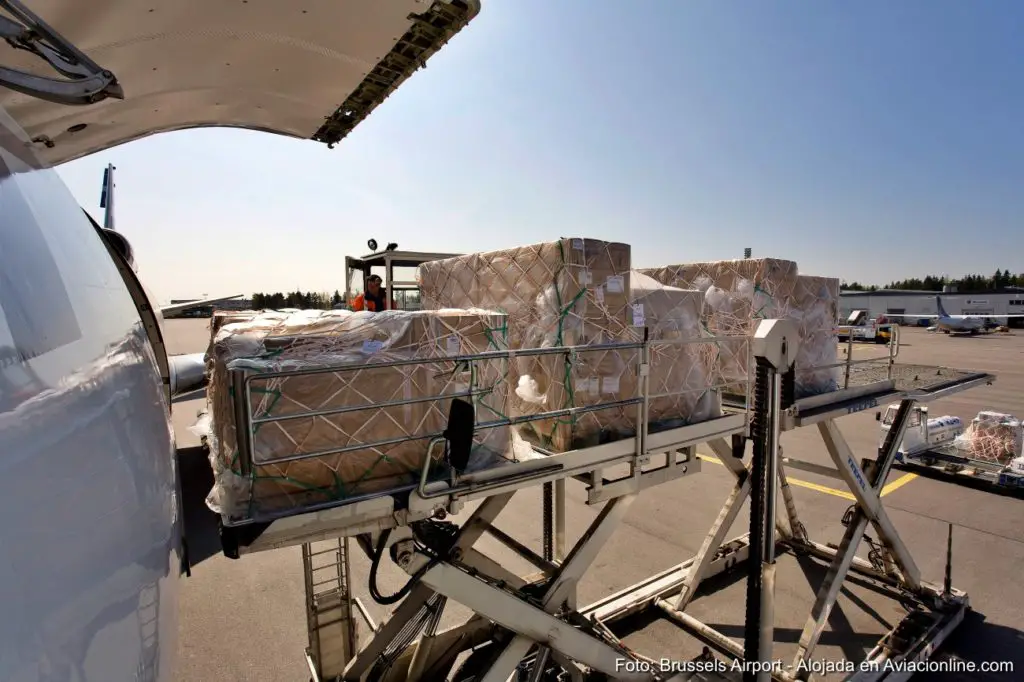Demand for air cargo experienced a pullback in 2022 from the previous year, according to data released by the International Air Transport Association (IATA). However, the level of activity was close to that reported in 2019, the last full year prior to the start of the pandemic.
Over the past year, global demand, measured in cargo tonne-kilometers (CTK) declined by 8% compared to 2021. In international operations, the reduction reached 8.2%. Global air cargo demand decreased by 1.6% compared to 2019.
Capacity, measured in available cargo tonne-kilometers (ACTK), increased by 3% compared to 2021. In international operations, the increase reached 4.5%. However, capacity was below 2019 levels: the reduction reached 8.2% globally and 9% for international services.
«In the face of significant political and economic uncertainties, air cargo performance declined compared to the extraordinary levels of 2021», said Willie Walsh, IATA’s Director General. «The continuing measures by key governments to fight inflation by cooling economies are expected to result in a further decline in cargo volumes in 2023 to 5.6% compared to 2019», he added.
Despite this, Walsh stressed that «it will, however, take time for these measures to bite into cargo rates». For that reason, he said that «the good news for air cargo is that average yields and total revenue for 2023 should remain well above what they were pre-pandemic».
Air cargo in each region during 2022
- Airlines from Asia-Pacific: 8.8% decrease in demand compared to 2021 (7.4% decrease for international operations). Capacity increase by 0.5% (5.8% increase for international operations). In December, Asia-Pacific airlines recorded the worst performance globally, with demand down 21.2% compared to the same month in 2021 (down 20.4% for international operations).
- Airlines from North America: 5.1% decrease in demand compared to 2021 (6.3% decrease for international operations). Capacity increase by 4.2% (4.9% increase for international operations). In December, North American airlines reported a decrease in demand of 8.5% compared to the same month in 2021.
- Airlines from Europe: 11.5% decrease in demand compared to 2021 (11.8% decrease for international operations). Capacity increase by 0.5% for all operations. In December, European airlines reported a 17.4% decrease in demand compared to the same month in 2021. The region’s carriers were among the hardest hit by the war in Ukraine.
- Airlines from the Middle East: 10.7% decrease in demand compared to 2021. Capacity increase by 4.3% (4.5% increase for international operations). In December, Middle East airlines reported a 14.4% decrease in demand compared to the same month in 2021.
- Airlines from Latin America: 13.1% increase in demand compared to 2021 (best result globally). In international operations, growth reached 15%. Capacity increase by 27.1% (27.8% increase for international operations). In December, Latin American airlines reported demand growth of 2.3% compared to the same month in 2021.
- Airlines from Africa: 1.4% decrease in demand for all operations compared to 2021. Capacity increase by 0.3% (decrease of 0.2% for international operations). In December, African airlines reported a 10% decrease in demand compared to the same month in 2021.
See also: IATA: Air cargo activity slows down «due to persistent headwinds»













